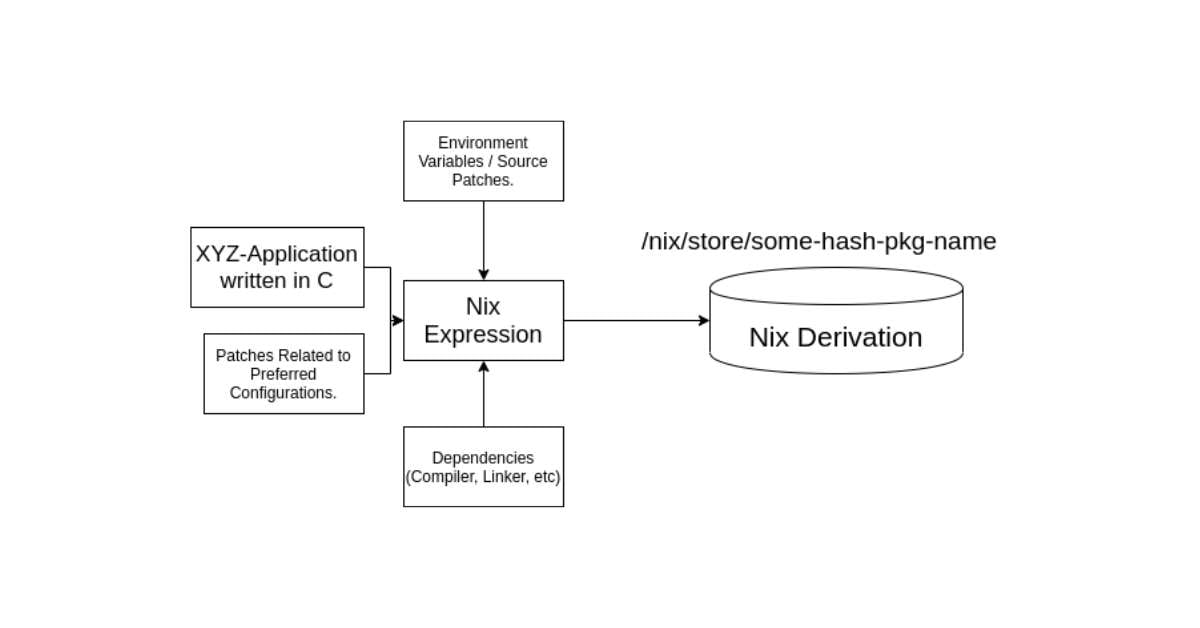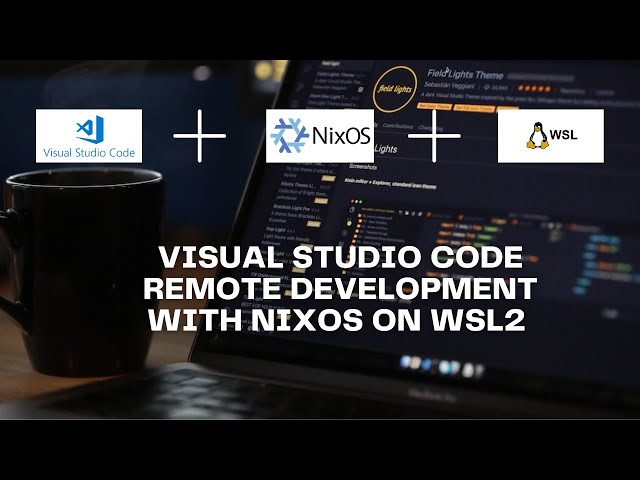Unleashing the Power of NixOS: A State-of-the-Art Guide to Flake Management
In the ever-evolving landscape of software environments, NixOS has emerged as a robust and versatile option for developers. With its declarative configuration model and atomic upgrades, NixOS stands out, but it also presents a steep learning curve for newcomers. Recently, flake management has become a hot topic, marking a significant shift in how packages are managed and configured within this unique ecosystem.
What Are Flakes?
Flakes provide a standardized way to manage Nix projects. They offer a new approach that includes specifications for dependencies, build outputs, and configuration. One of the primary advantages of flakes is that they allow for reproducibility, ensuring that projects can be built identically on different systems. This feature is a game-changer for developers looking to maintain consistency across environments.
 Visualizing NixOS flake management strategies.
Visualizing NixOS flake management strategies.
Key Features of Flakes
1. Dependency Management: Flakes handle dependencies better than previous methods. By allowing you to pin dependencies, you ensure that your projects always use the correct versions, avoiding potential “works on my machine” issues.
2. Output and Configuration: Each flake can specify multiple outputs—this includes package builds, tests, and documentation. This level of flexibility means you can create streamlined builds tailored to your project’s needs.
3. Collaborative Development: Flakes are beneficial in team environments. Since they specify entire environments in a single file, onboarding new developers becomes straightforward: they just clone the project and start working with the exact setup.
“With flakes, NixOS becomes an indispensable tool for modern developers, capable of handling complex projects with ease.”
Setting Up Your First Flake
Getting started with flakes involves some initial setup. The first step is to enable flakes in your Nix configuration. You can do this by adding the proper flags to your Nix installation command. Next, you initialize a new flake with the nix flake init command, which creates a basic structure for your project.
After setting up, you’ll want to configure the flake.nix file. This file describes your project’s structure, dependencies, and how to build it. Keeping this file organized and well-documented will ease collaboration, especially if multiple teams contribute to the project.
 An example of an organized flake configuration.
An example of an organized flake configuration.
Common Challenges and Solutions
Transitioning to flakes can present various challenges. Familiarizing yourself with new concepts takes time, but the investment pays off. Here are common challenges faced by developers:
- Understanding Documentation: The Nix documentation can be quite dense, especially for newcomers. It’s essential to start with the basics and progressively explore advanced topics.
- Package Compatibility: Not all packages support flake management yet, which can lead to issues when attempting to use them in a flake.
To overcome these challenges, active engagement with the Nix community can be immensely helpful. Join forums, chatrooms, and social media platforms where developers share insights and solutions.
The Future of NixOS with Flakes
As flakes continue to mature, we can anticipate more features and improvements tailored for enhanced usability. The community’s momentum around flake support is encouraging, driving the development of more robust and user-friendly tools.
Ultimately, flakes represent a significant evolution in NixOS package management. The ability to manage software environments with precision will undoubtedly enhance development workflows for individuals and teams alike.
 Envisioning the future of NixOS and its growing community.
Envisioning the future of NixOS and its growing community.
Conclusion
In conclusion, as the NixOS ecosystem continues to evolve, embracing features like flakes can empower developers to streamline their workflows and build robust applications. With its focus on reproducibility and organization, NixOS, supported by flake management, is paving the way for a more efficient and consistent development experience. As the adoption rate grows, it is clear that flake management is becoming an essential tool in the modern developer’s toolkit.


 Photo by
Photo by 











